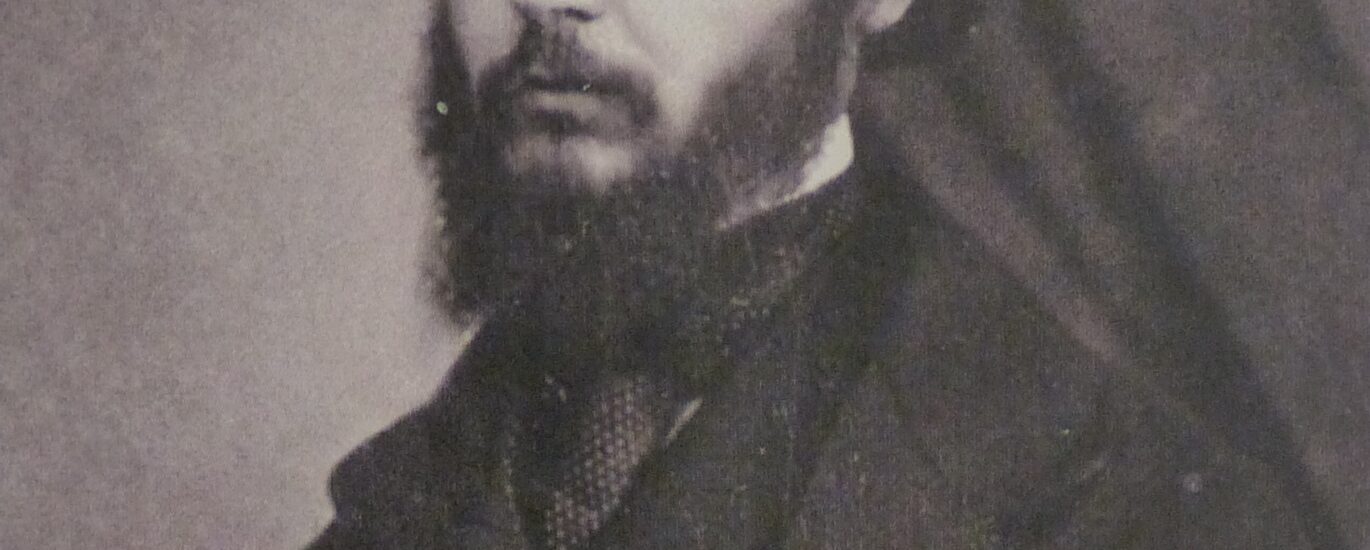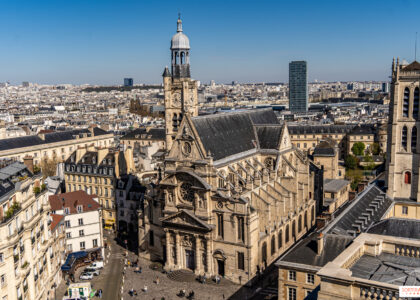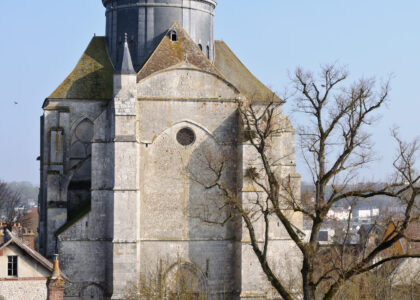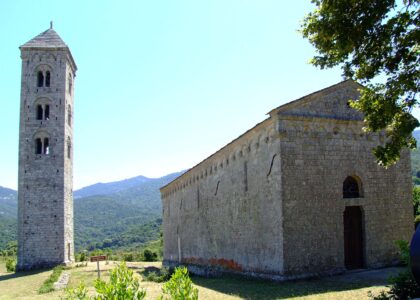Welcome to the story of Pierre Bossan, a name synonymous with architectural brilliance and religious devotion in 19th-century France. Born in 1814, Pierre-Marie Bossan was a visionary whose designs left an indelible mark on the religious architecture of Lyon and beyond. His journey into the world of architecture began at the esteemed School of Fine Arts in Lyon, where he was exposed to the grandeur of ancient styles and the potential fusion with modern artistry.
Bossan’s most iconic work is undoubtedly the Basilica of Notre-Dame de Fourvière, perched majestically on the Fourvière hill, overlooking the city of Lyon. Construction of this basilica began in 1872 as a gesture of gratitude to the Virgin Mary, credited with protecting the city during the Franco-Prussian War. Bossan’s design drew inspiration from Romanesque and Byzantine architecture, a daring choice at a time when Gothic was the norm. The basilica, completed in 1896, is characterized by its four towers, symbolizing the cardinal virtues, and its intricate mosaics and stained glass that tell stories of faith and history.
However, Bossan’s influence extends beyond Fourvière. He was also the mind behind the plans for the Saint-Étienne Cathedral, though the project faced numerous delays and modifications due to historical events like World War I and financial constraints. The original plans for this cathedral were lost in a fire but were later reconstructed by Adrien Rey, showcasing Bossan’s lasting impact on religious architecture.
Bossan’s career was not just about creating structures; it was about weaving stories of faith and devotion into every stone and mosaic. His work on the Basilica of Ars, though incomplete, was a heartfelt tribute to the Curé of Ars, Jean-Marie Vianney, a pivotal figure in Bossan’s spiritual journey. Bossan’s designs for the church at Ars were a blend of artistic innovation and religious reverence, though not all elements came to fruition due to the town’s reluctance to alter their cherished local church.
Throughout his life, Bossan was surrounded by a team of talented artists, and his legacy is seen in the many buildings across the Lyon region, each echoing his unique style and spiritual conviction. His contributions to architecture were recognized with the Grand Prix de Rome, a testament to his skill and vision. Pierre Bossan passed away in 1888, but his work continues to inspire architects and pilgrims alike, serving as a bridge between the spiritual and the artistic.






